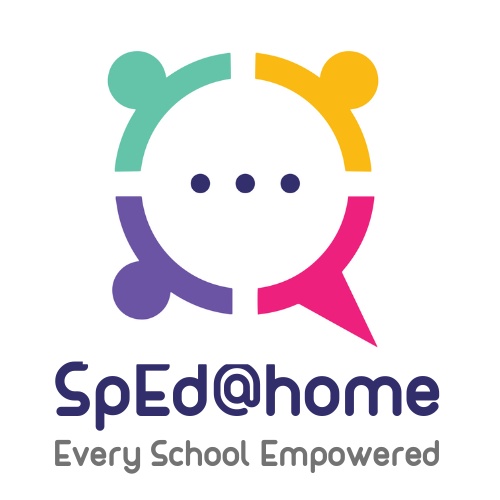Introduction
Embarking on the homeschooling journey with Sped@Home marks the beginning of a tailored and supportive educational experience for children with special needs. The onboarding process is a crucial phase, ensuring that each child’s unique abilities, challenges, and learning style are understood and addressed. In this comprehensive guide, we delve into the key stages of onboarding, from familiarizing families with the SPEED 2.0 Learning Management System to the formulation of Individualized Education Plans (IEPs) and engaging in group therapy sessions.
1. Onboarding on SPEED 2.0 Learning Management System
The onboarding process kicks off with a warm welcome to the SPEED 2.0 Learning Management System (LMS). This advanced platform serves as the hub for educational resources, interactive materials, and progress tracking. Parents and children are provided with detailed tutorials to navigate the system, ensuring a seamless transition into the homeschooling program. The LMS serves as a central point for communication, resource access, and tracking milestones, fostering a collaborative environment between educators, parents, and students.
2. Pre-Therapy Assessment
Child Interview
Understanding the child’s individual needs is at the heart of the onboarding process. A child interview, conducted by experienced educators and therapists, allows for a personalized assessment of the child’s strengths, preferences, and areas requiring additional support. This one-on-one interaction builds rapport and helps tailor the learning experience to suit the child’s unique personality and learning style.
Parent Interview
Equally important is the parent interview, where caregivers share insights into their child’s daily routines, preferences, and any concerns they may have. This collaborative approach ensures that the homeschooling program is not only academically enriching but also aligns with the family’s goals and values. Open communication at this stage fosters a partnership between parents and the Sped@Home team, creating a strong support system for the child’s educational journey.
Worksheets and Report Discussions
To gather more insights into the child’s academic abilities, worksheets are provided for completion. These assessments are designed to gauge the child’s proficiency in literacy, numeracy, and other foundational skills. Following the completion of the worksheets, a detailed report discussion takes place between parents and educators. This transparent dialogue ensures that everyone involved is on the same page regarding the child’s current abilities and areas for development.
3. IEP/ITP Planning, Session Planning
IEP/ITP Planning
With a thorough understanding of the child’s needs, the team collaboratively develops an Individualized Education Plan (IEP) or an Individualized Therapy Plan (ITP). These plans outline specific goals, strategies, and accommodations tailored to the child’s requirements. The IEP/ITP becomes a roadmap for the child’s educational journey, providing a structured approach to address academic, social, and emotional development.
Session Planning
Based on the IEP/ITP, educators and therapists collaboratively plan individual and group sessions. These sessions are crafted to align with the child’s goals and learning style, ensuring that each interaction contributes meaningfully to their overall development. This meticulous planning reflects Sped@Home’s commitment to providing a personalized and effective learning experience.
4. Group Therapy
Recognizing the value of socialization and collaborative learning, Sped@Home incorporates group therapy sessions into the homeschooling program. Group therapy offers children opportunities to interact with peers, fostering social skills and creating a sense of community. These sessions, guided by skilled therapists, not only address shared goals outlined in the IEP/ITP but also provide a supportive environment for children to learn from one another.
5. Performance Management
Continuous assessment and performance management are integral components of the onboarding process. Regular evaluations track progress, allowing educators to adapt and refine teaching strategies. Parents receive comprehensive reports detailing their child’s achievements and areas for improvement, fostering transparency and collaboration. Performance management is not only about academic success but also encompasses emotional and social development, ensuring a holistic approach to the child’s well-being.
Conclusion
Sped@Home’s onboarding process goes beyond mere orientation; it marks the beginning of a collaborative partnership aimed at unlocking the full potential of every child. From navigating the SPEED 2.0 Learning Management System to crafting individualized plans and engaging in group therapy, every step is guided by a commitment to personalized and effective learning. The onboarding journey is not just an introduction; it’s a foundation for success, nurturing a love for learning and creating a supportive community for both students and their families. As families embark on this educational venture with Sped@Home, they are not merely joining a program – they are becoming part of a community dedicated to empowering every child, every day.














